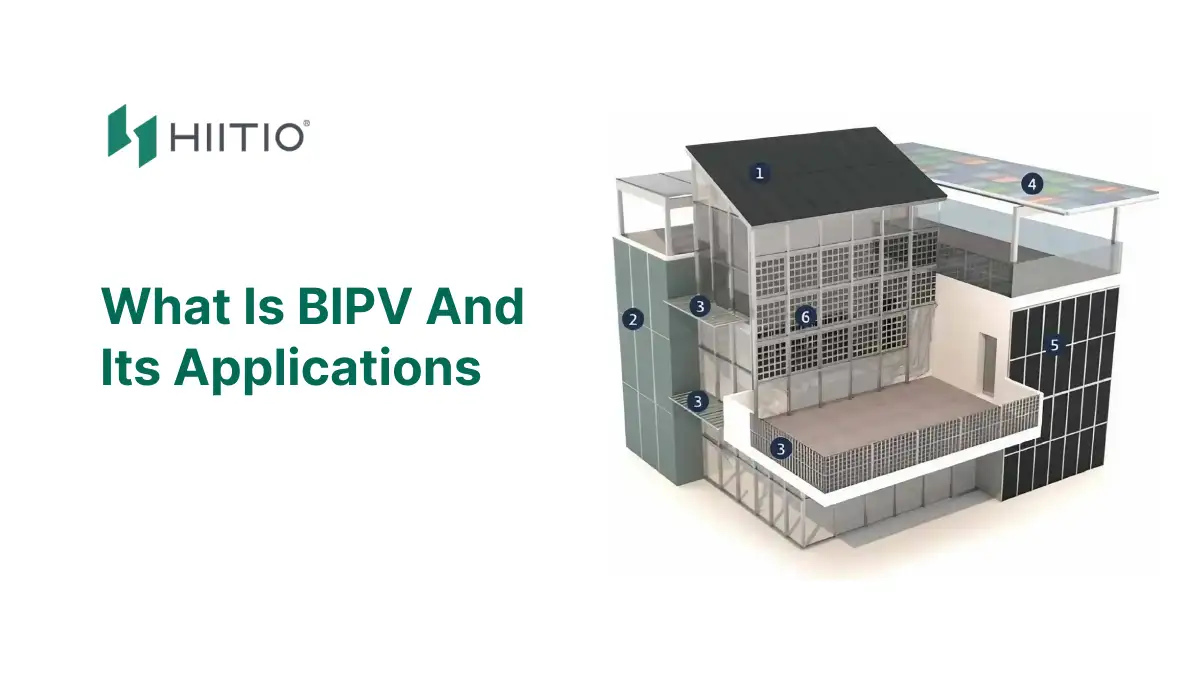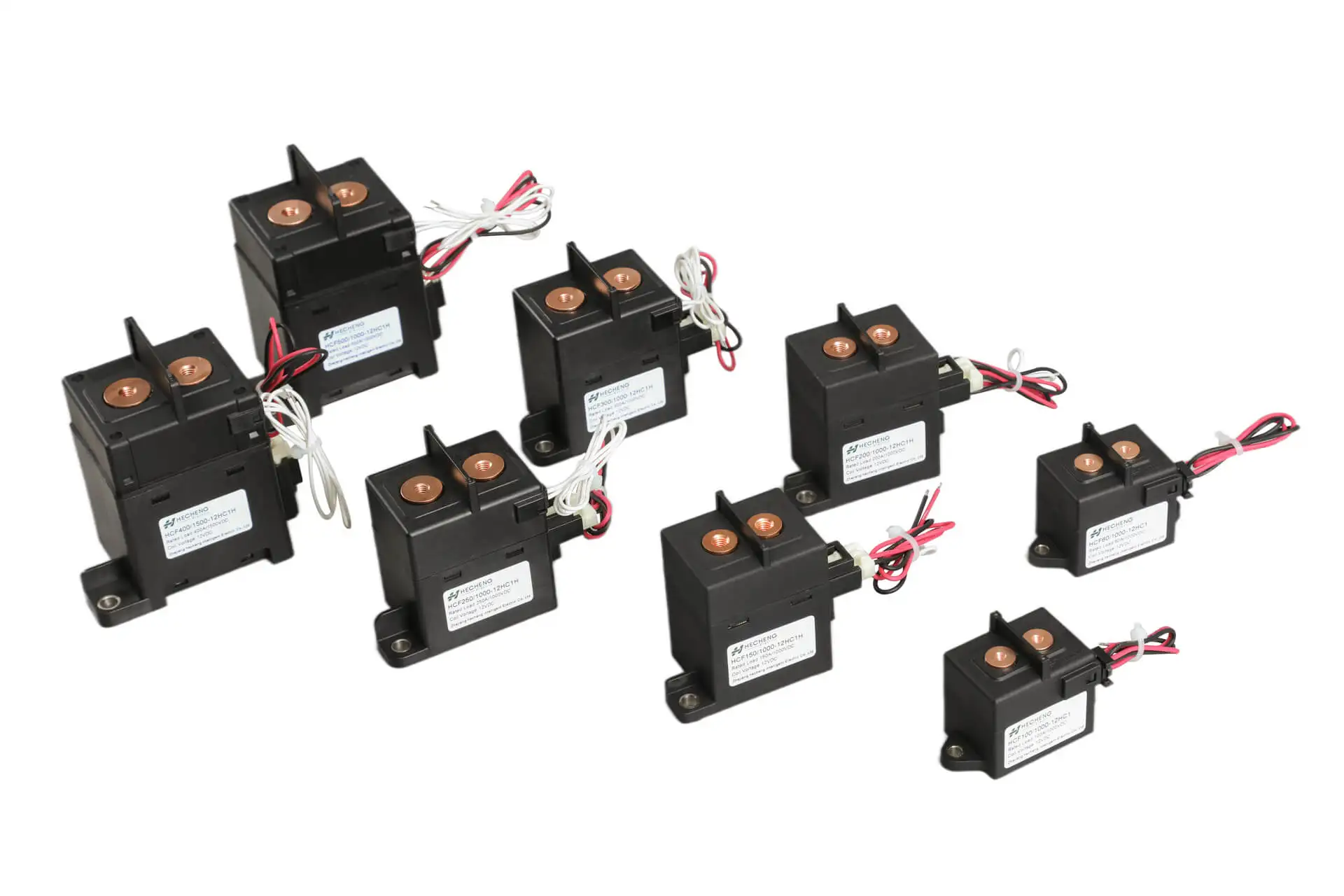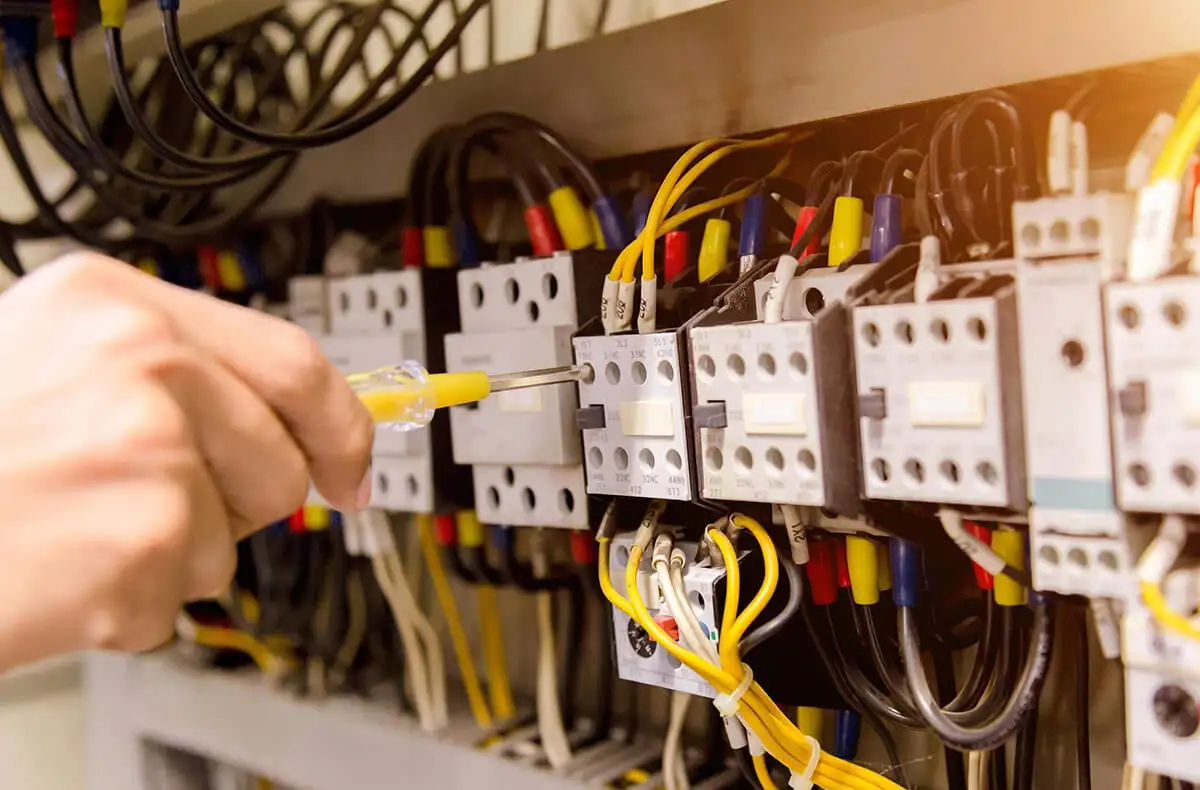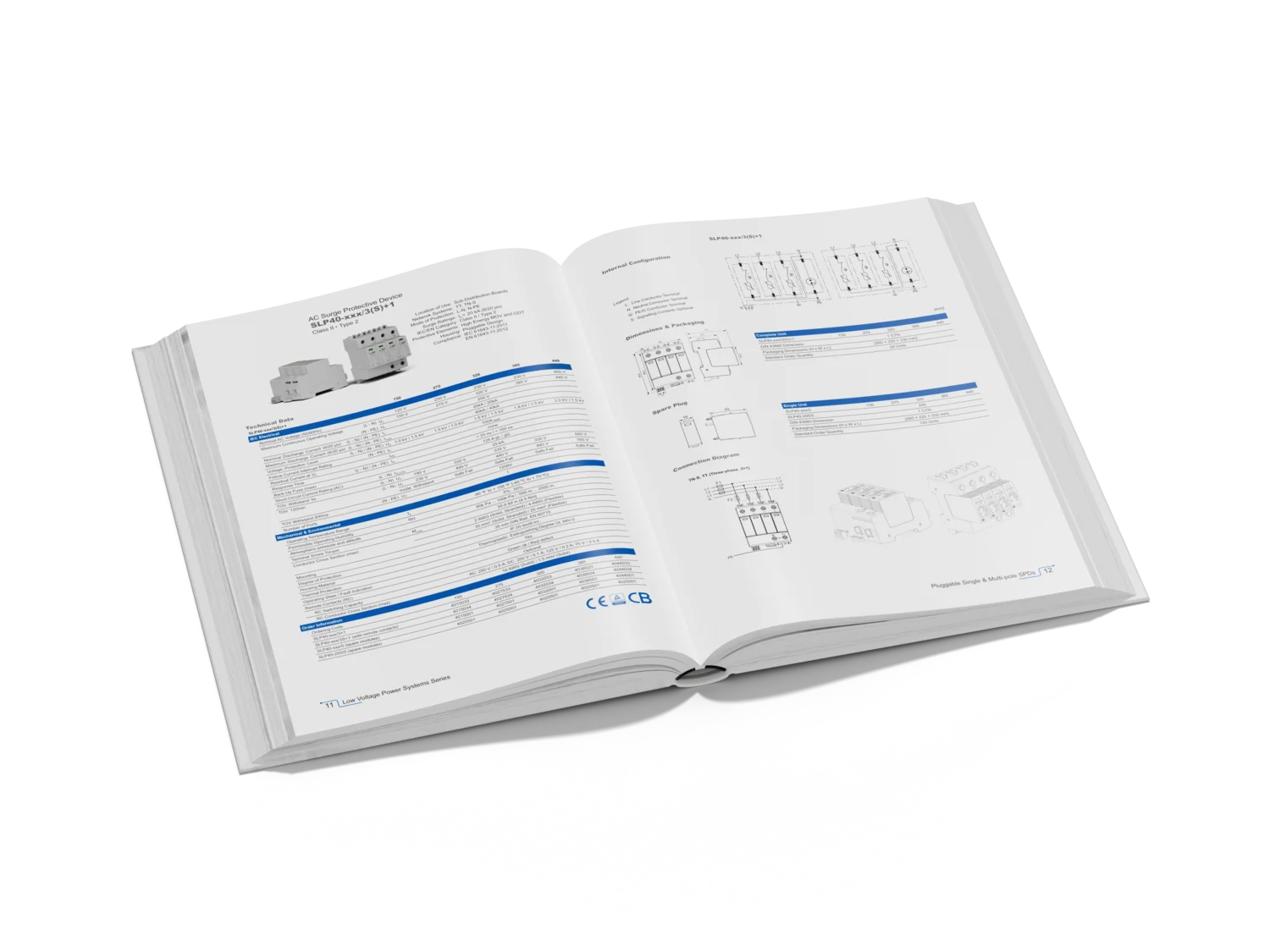Building Integrated Photovoltaic (BIPV) is a technology that integrates photovoltaic modules into buildings. It has both power generation function and building material properties.
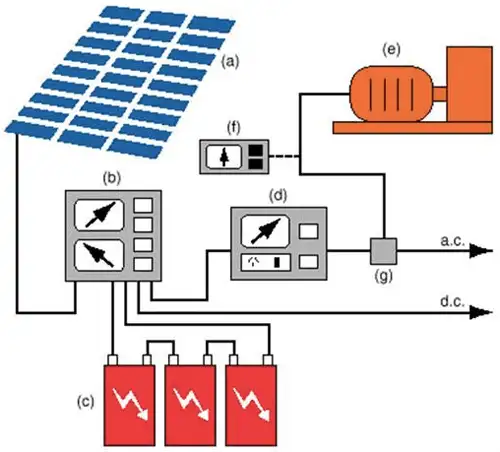
Specifically, it refers to integrating photovoltaic cells into the building facade system, replacing the original building components and making them an integral part of the building energy system.
With the popularization of distributed power generation technology, BIPV facades can meet part or all of the power needs for building operations through local power generation.
Courtesy of Economic Evaluation of Supplying Rural and Residential Areas Using Photovoltaic Systems in I. R. IRAN
A complete BIPV system includes:
- Photovoltaic modules
- Power storage system
- Power conversion equipment, including inverters
- Used to convert the DC output of photovoltaic modules
- Converts to AC power compatible with utility grid
- Backup power source, such as a generator
- (optional – usually used on standalone systems)
- Proper support and mounting hardware
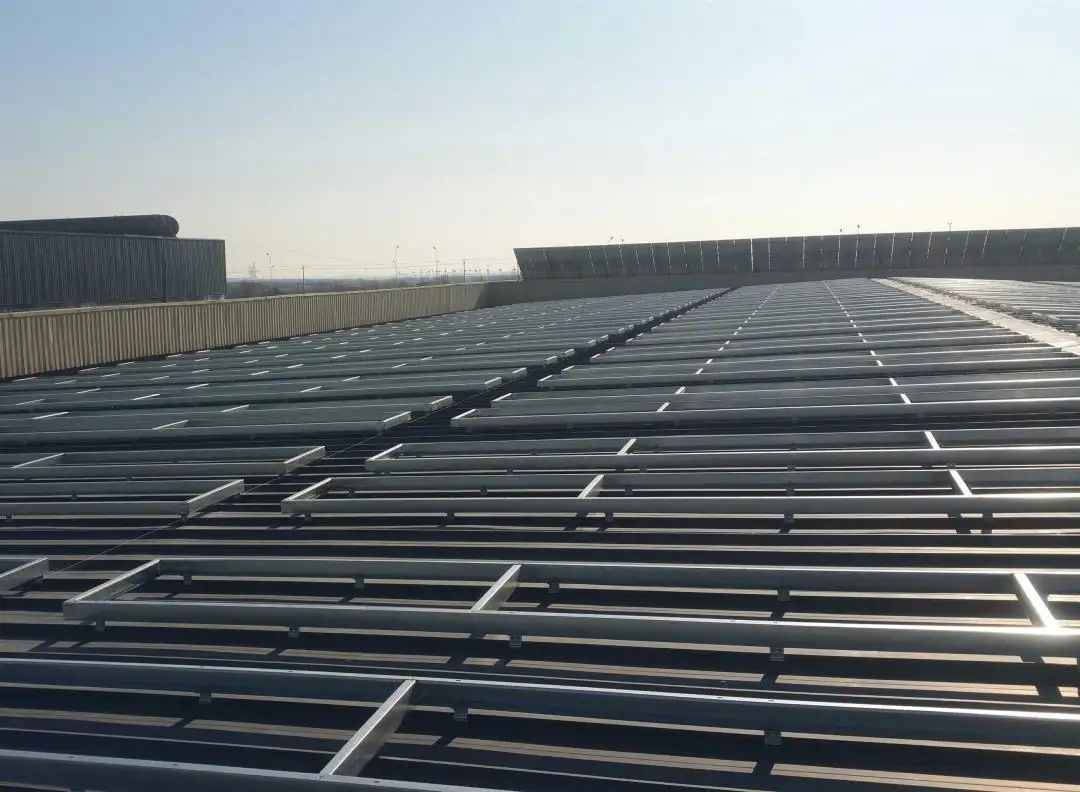
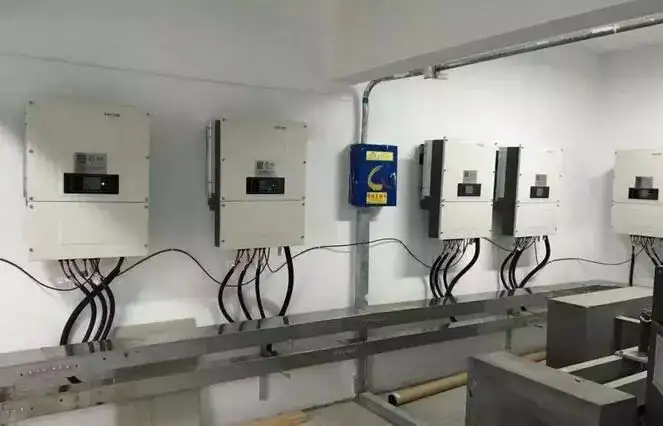
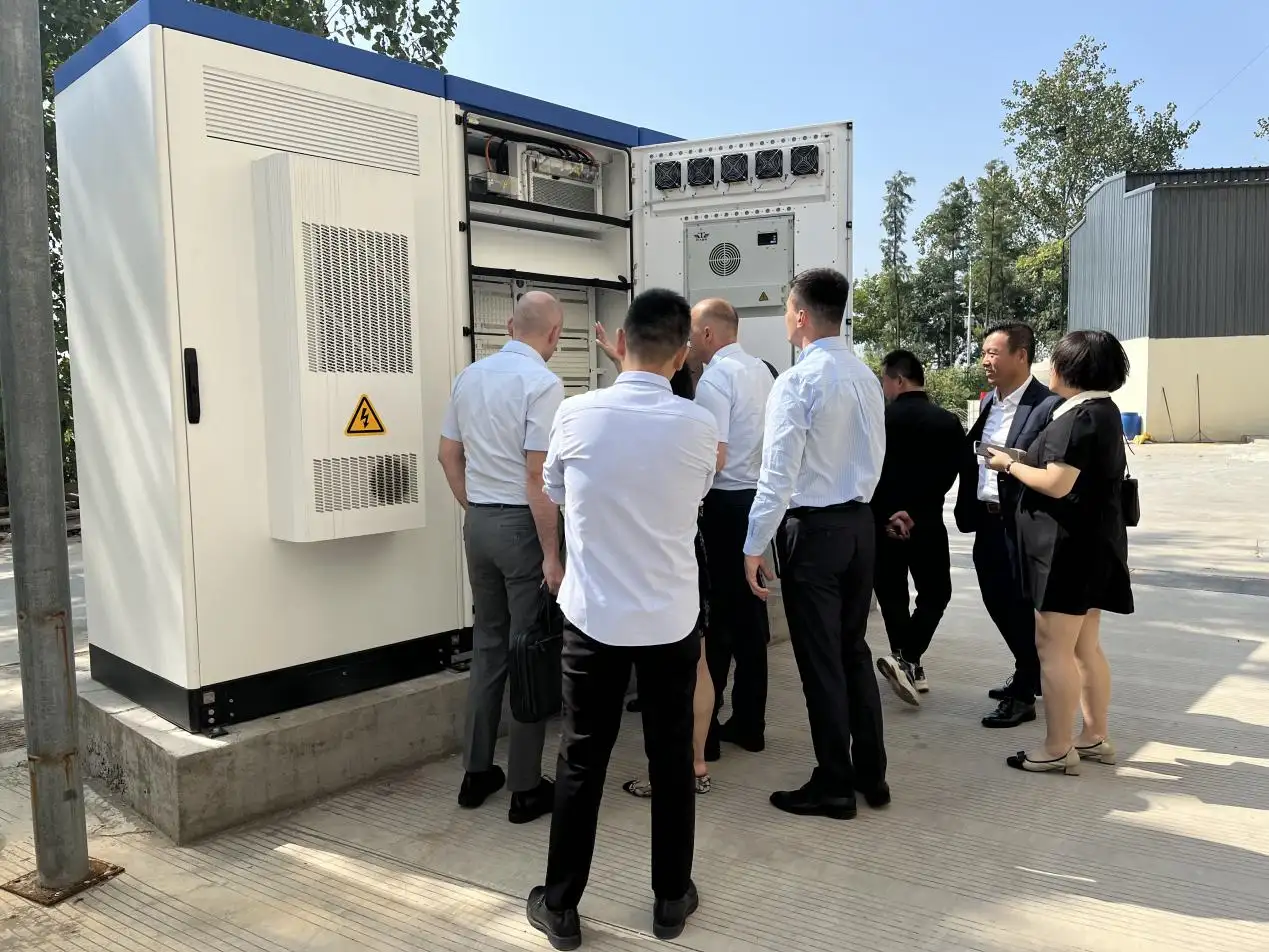
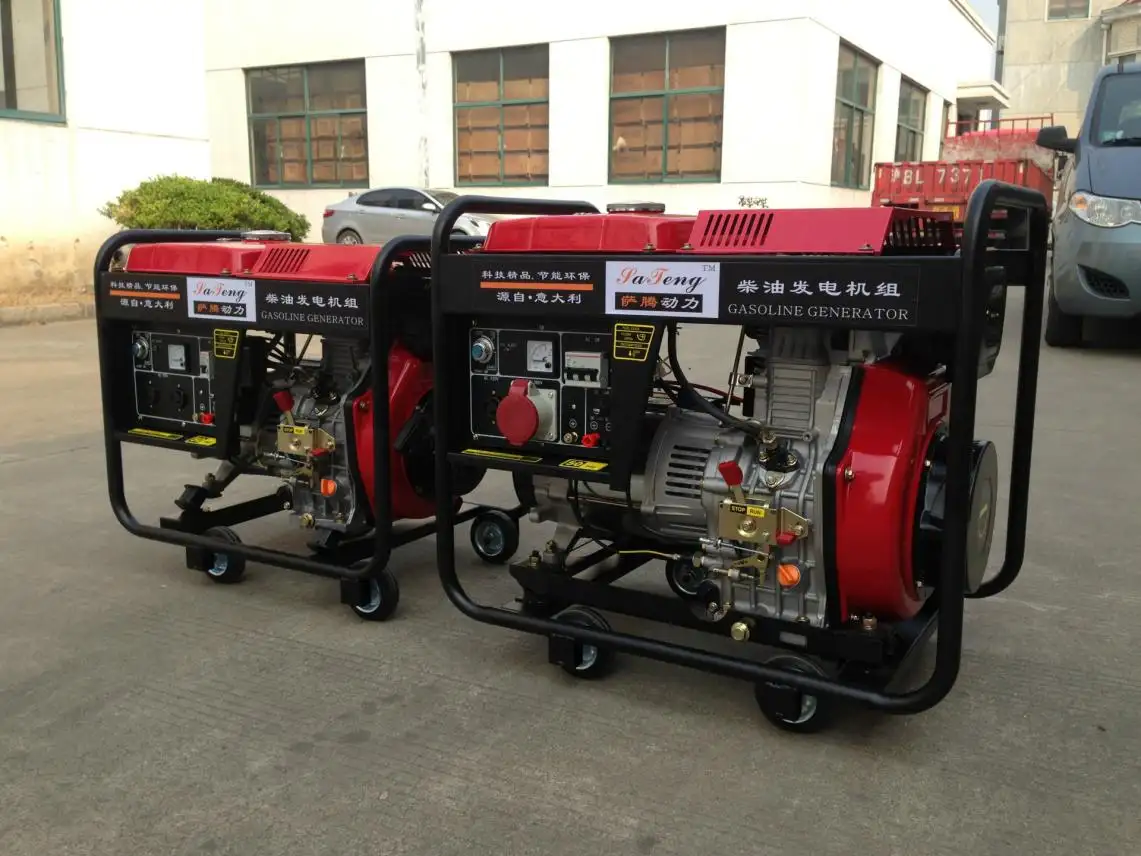
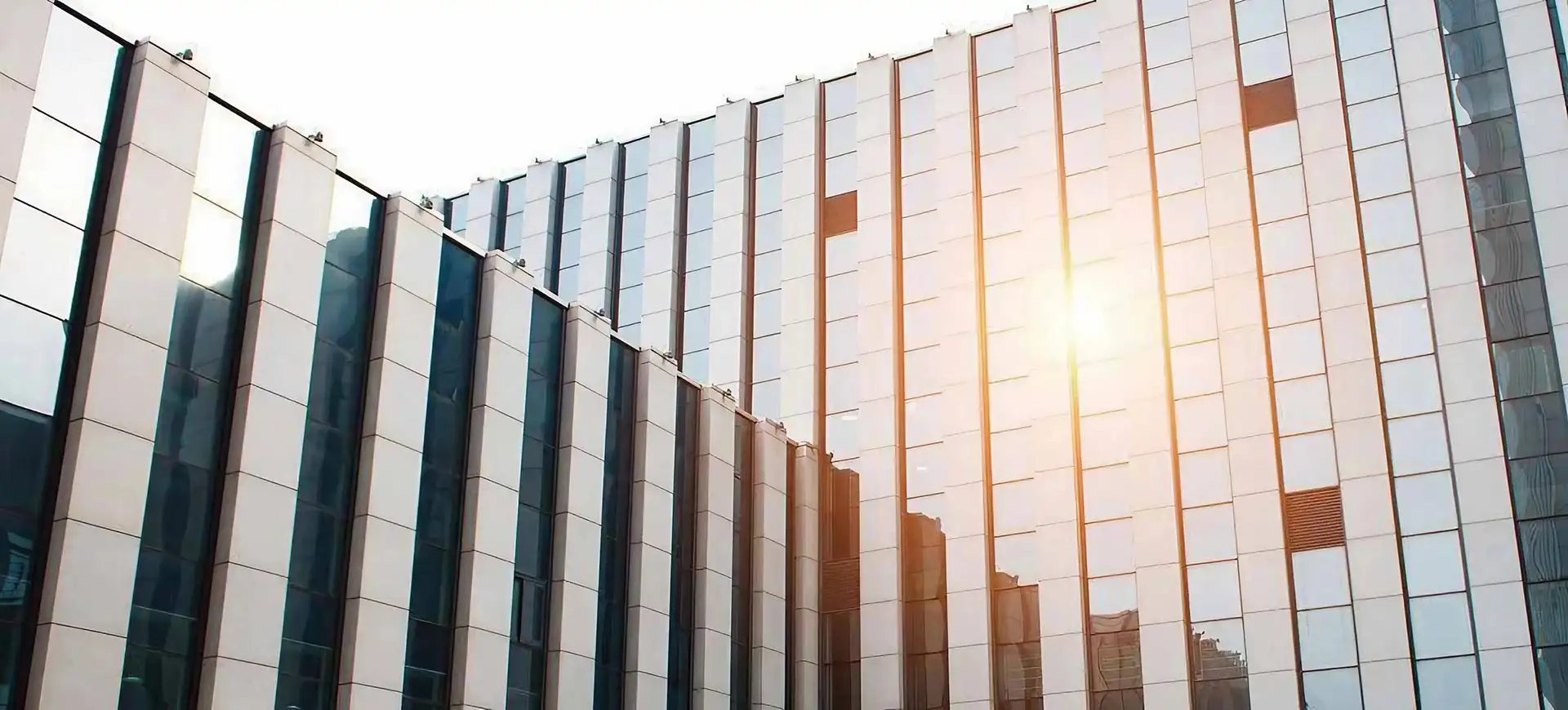
BIPV technology and classification
Most BIPV products use one of two technologies:
- Crystalline solar cells (c-SI)
- Thin film solar cells
According to the classification of cell material, we can divide BIPV photovoltaic modules into two types
Crystalline silicon solar cells
Polycrystalline silicon solar cells
Dark blue before lamination, sky blue after encapsulation, low photoelectric conversion efficiency, low manufacturing cost, long service life of 20-25 years
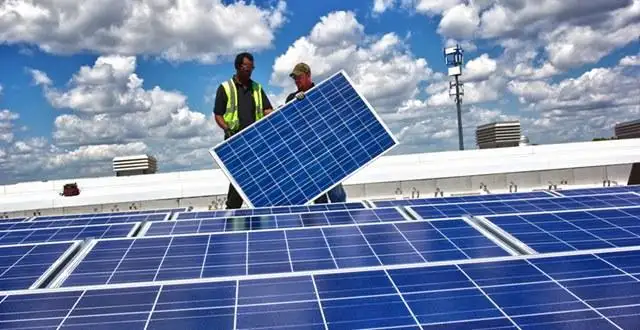
Monocrystalline silicon solar cells
It is dark blue before lamination and black after encapsulation. It has high photoelectric conversion efficiency and a long service life of 20-25 years.
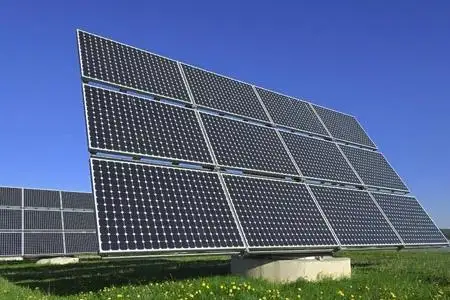
Thin film solar cells
Silicon-based solar cells
Good low light effect, low photoelectric conversion efficiency, low manufacturing cost, and long service life of more than ten years
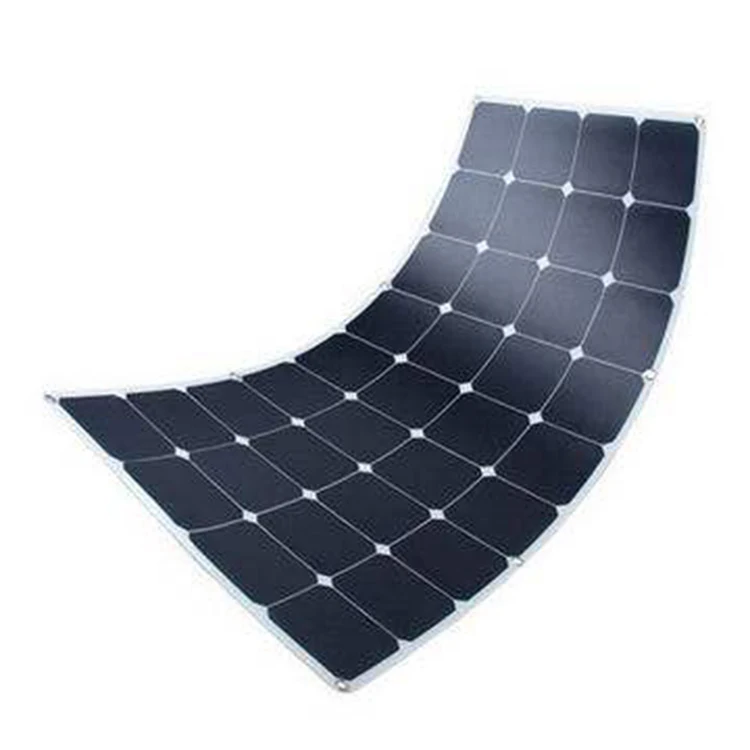
Cadmium telluride (CdTe) thin film solar cells
High photoelectric conversion efficiency and low manufacturing cost
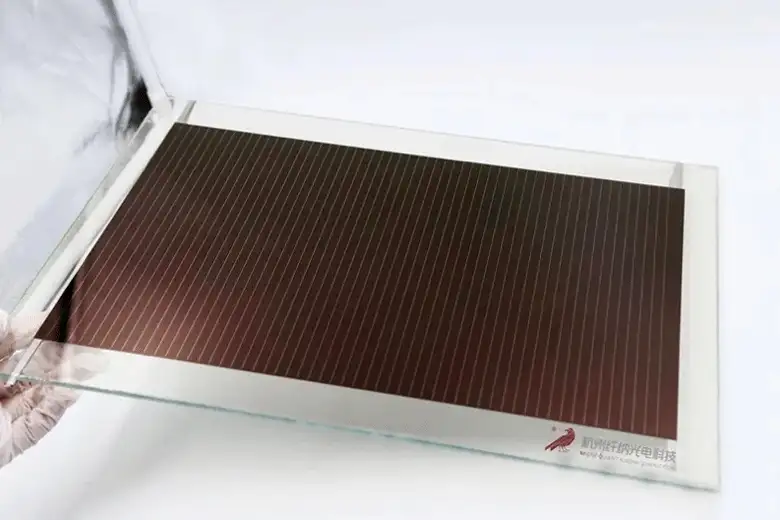
Copper indium gallium selenide (CIGS) thin film solar cells
High photoelectric conversion efficiency, low manufacturing cost, harsh preparation conditions, and stable battery performance
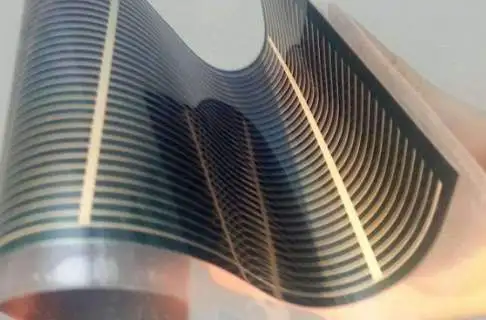
Gallium arsenide (GaAs) thin film solar cells
The photoelectric conversion efficiency is extremely high, but the manufacturing cost is expensive. It is often used for space power generation.
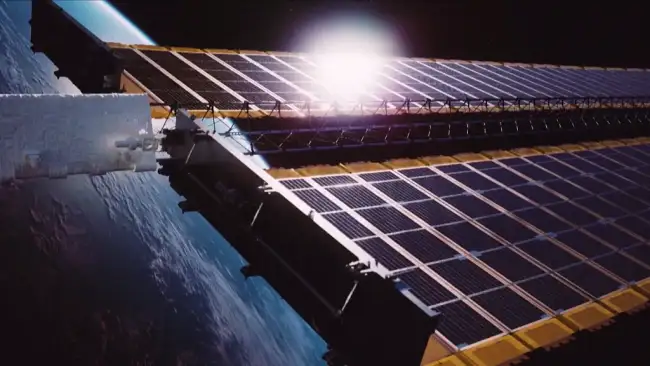
Applications
Applications of these two battery technologies can be categorized according to the five main application scenarios of BIPV products
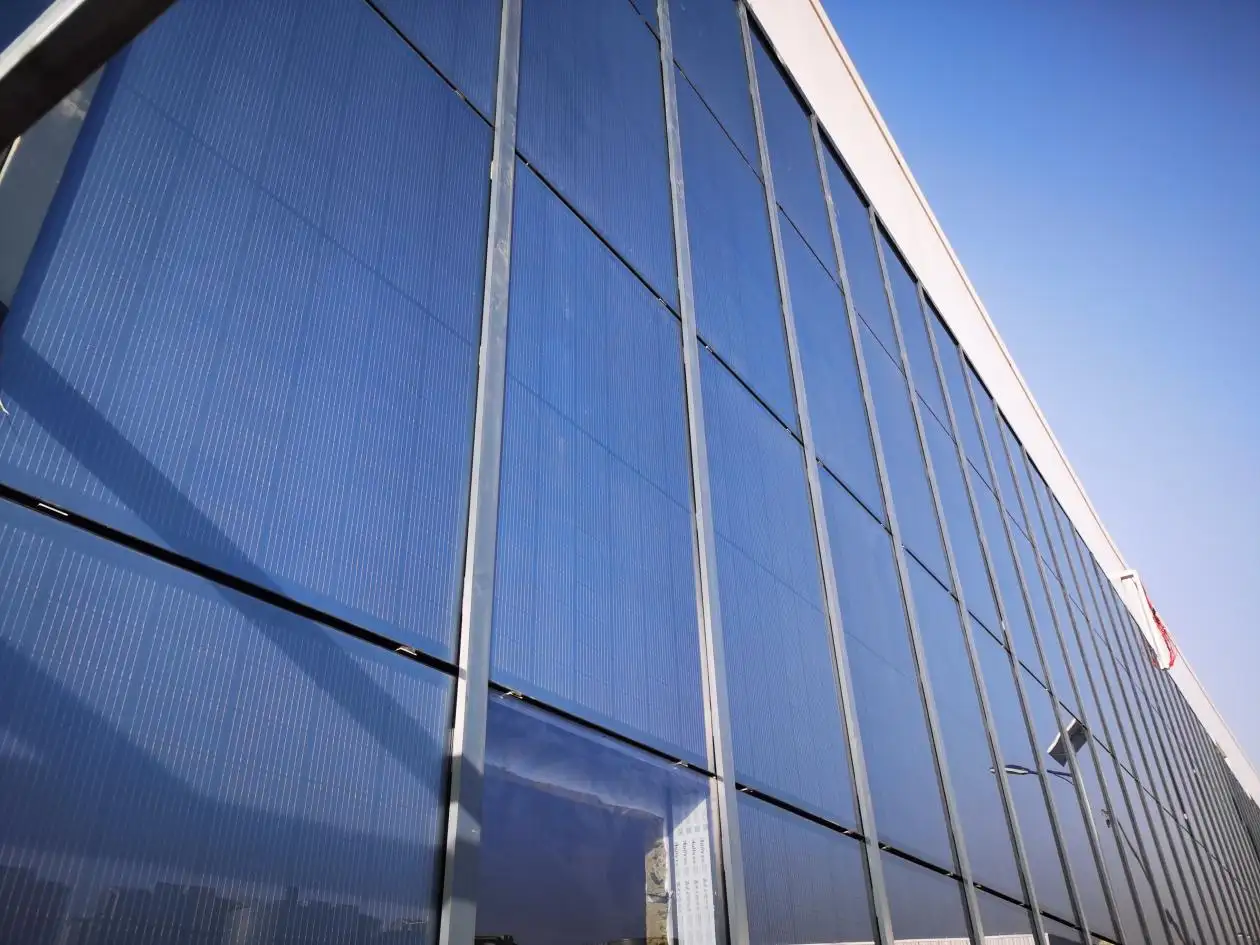
1. Facade
As an innovative solution for sustainable construction, photovoltaic curtain walls are gradually replacing traditional ordinary curtain walls.
Compared with ordinary curtain walls that only have shielding and decorative functions, photovoltaic curtain walls transform building exterior walls into energy-generating units by integrating solar panels, achieving energy self-sufficiency. This substitution not only introduces clean energy into the building and reduces dependence on traditional energy, but also improves the sustainability and green certification of the building.
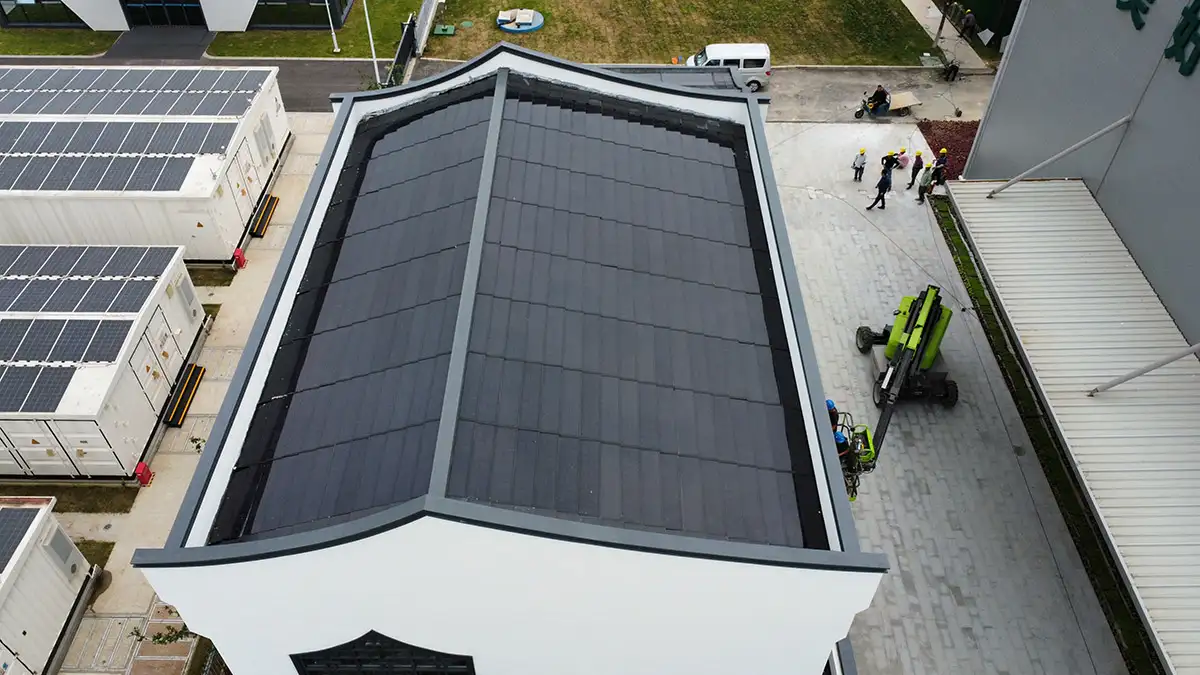
2. Roof tile
New designs of photovoltaic tiles are gradually replacing traditional photovoltaic bracket and panel combinations.
Compared with traditional systems, photovoltaic tiles, due to their compact and lightweight nature, integrate solar cells directly into the roof tiles, achieving a more seamless appearance.
This innovative design is not only more aesthetically appealing to the eye, but also improves installation efficiency and reduces construction burden.
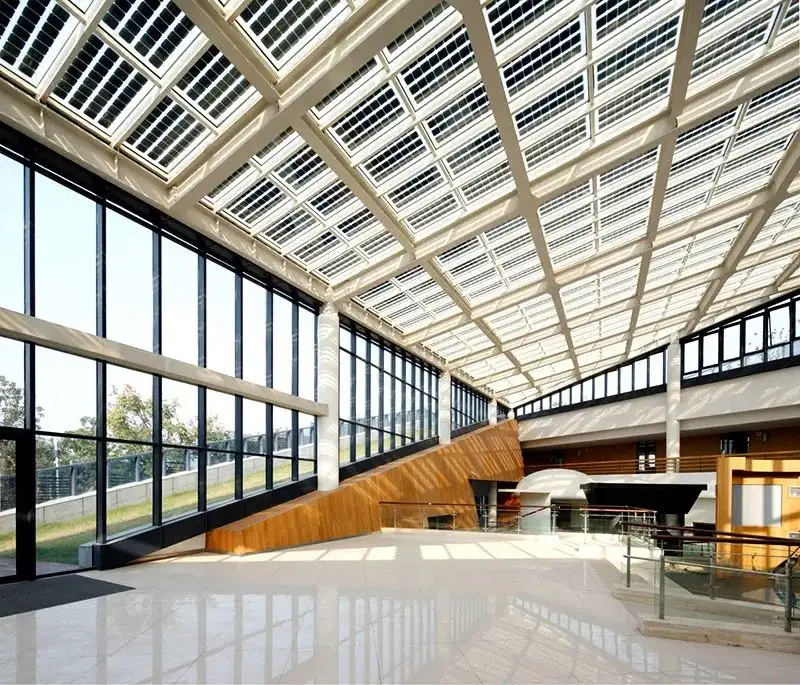
3. Transparent greenhouse or sunroom
The innovative application of photovoltaic light-transmitting panels is gradually replacing traditional glass materials and becoming an ideal choice for greenhouses and sunrooms.
This light-transmitting panel not only provides excellent lighting effects but also has the energy collection function of solar panels, converting sunlight into electrical energy.
Through photovoltaic light-transmitting panels, greenhouses and sunrooms can not only create an ideal growing environment but also provide themselves with clean energy and achieve energy self-sufficiency. This design that combines functionality and sustainability not only improves the green performance of the building but also brings smarter and more environmentally friendly choices to the agricultural and residential fields.
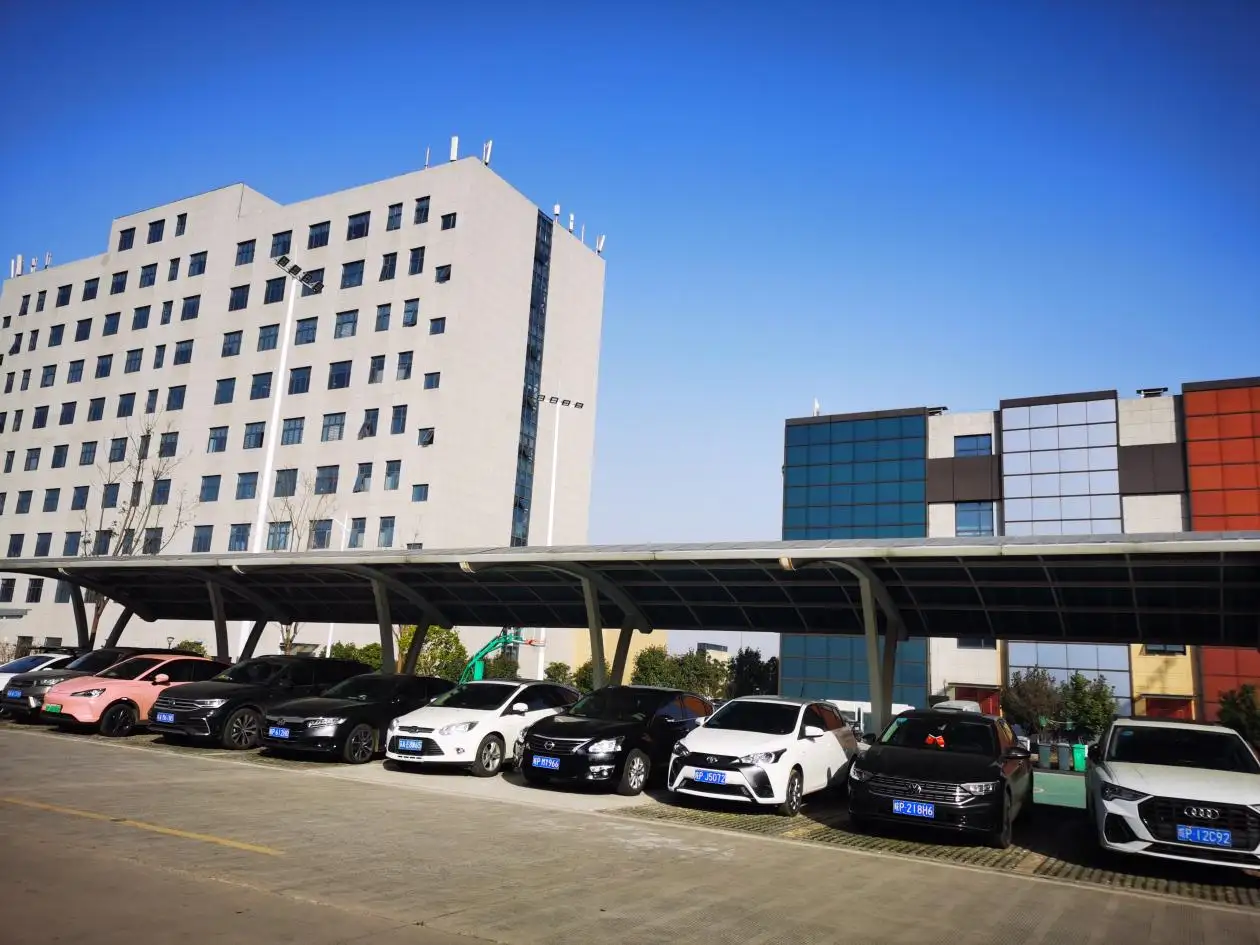
4. Photovoltaic Carport
The photovoltaic parking shed is an innovative parking facility that integrates solar panels into the parking shed structure to simultaneously provide shade and generate electricity for vehicles.
This design not only uses space efficiently but also provides clean energy for the parking lot. The construction of photovoltaic parking sheds not only provides cars with shade and shelter but also provides renewable energy to the city, promoting the concepts of sustainable development and green travel.
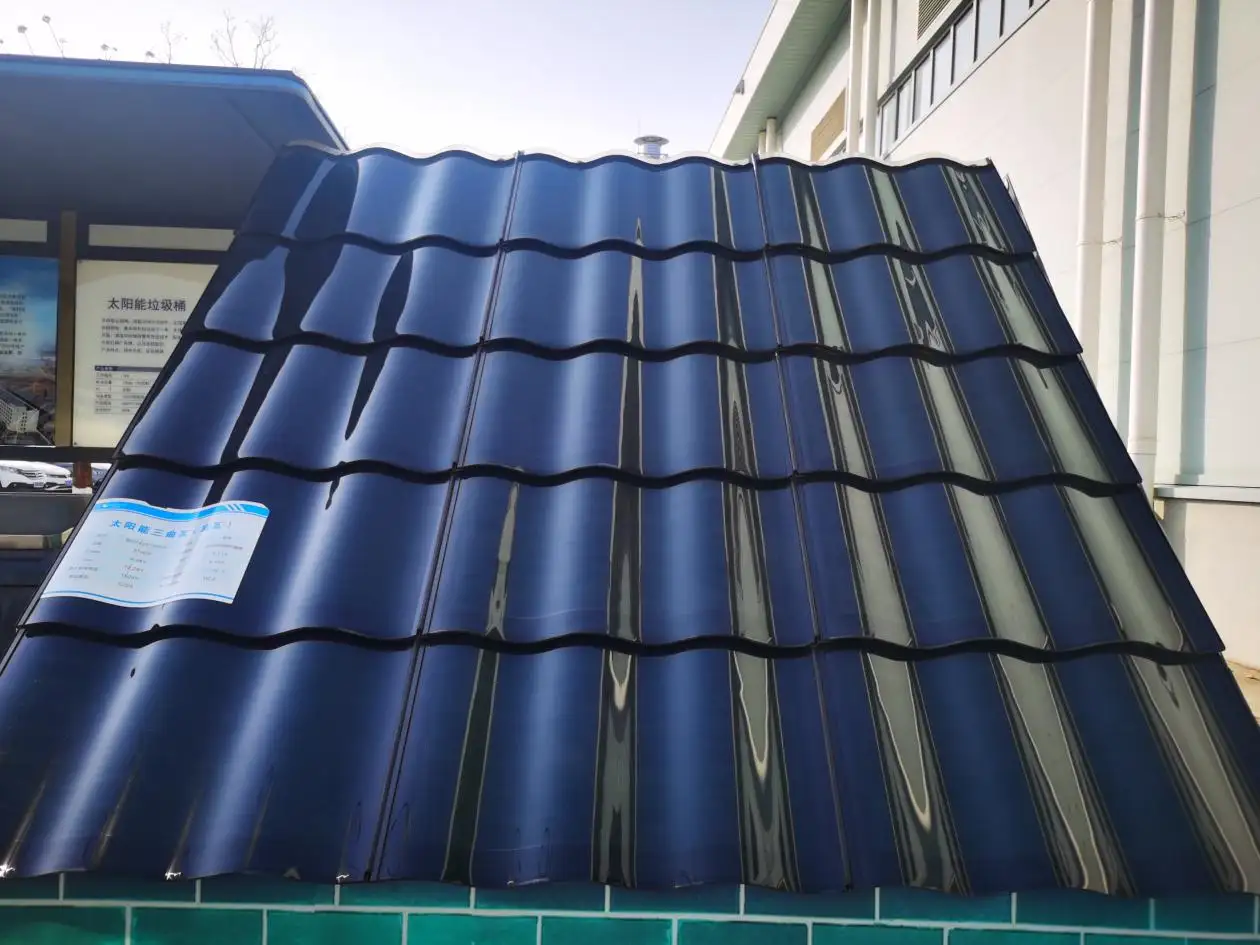
5. Flexible roof tile
Flexible photovoltaic tiles are a revolutionary technology that integrates solar energy into buildings with a design that is closer to the original roof tiles.
Compared with traditional rigid photovoltaic systems, flexible photovoltaic tiles are more flexible, making it easier to adapt to various roof shapes. The construction process becomes simpler, without the need for complex support structures, which greatly improves the flexibility of installation.
The continuous development and innovation of BIPV have brought significant changes to the construction industry. Its diverse assortment of applications provides flexible and sustainable solar solutions for buildings.
By integrating solar energy into building design, BIPV not only improves energy efficiency but also gives buildings a modern, environmentally friendly appearance. With the advancement of technology and the continuous growth of market demand, BIPV will surely make greater contributions to the sustainable development of the construction industry in the future.


